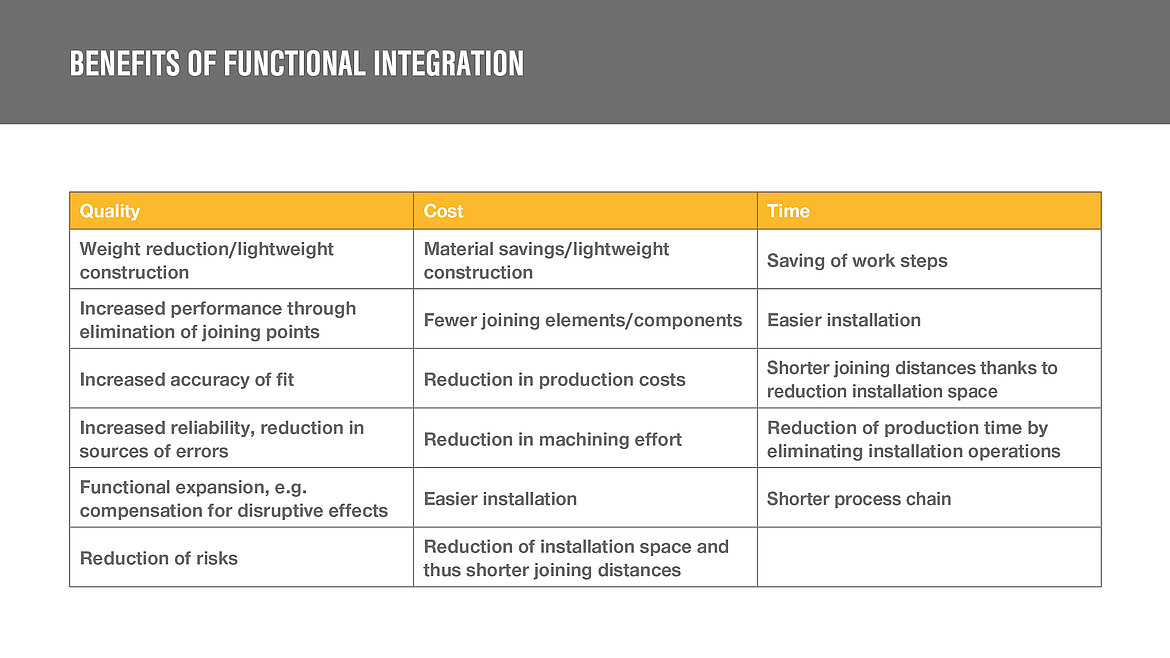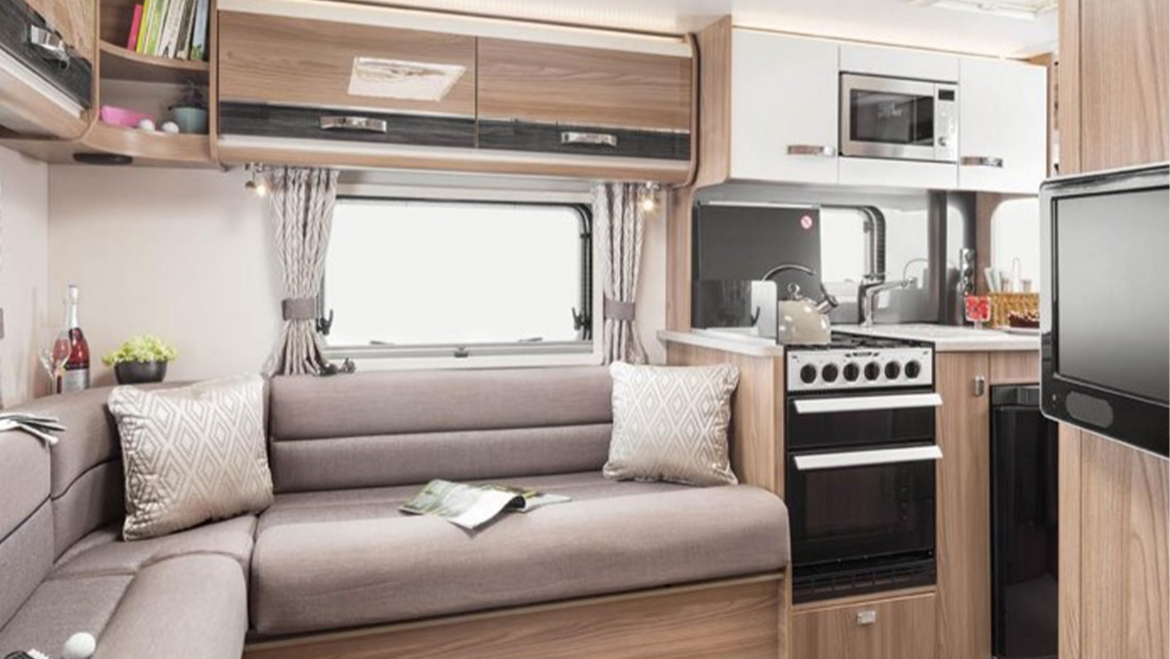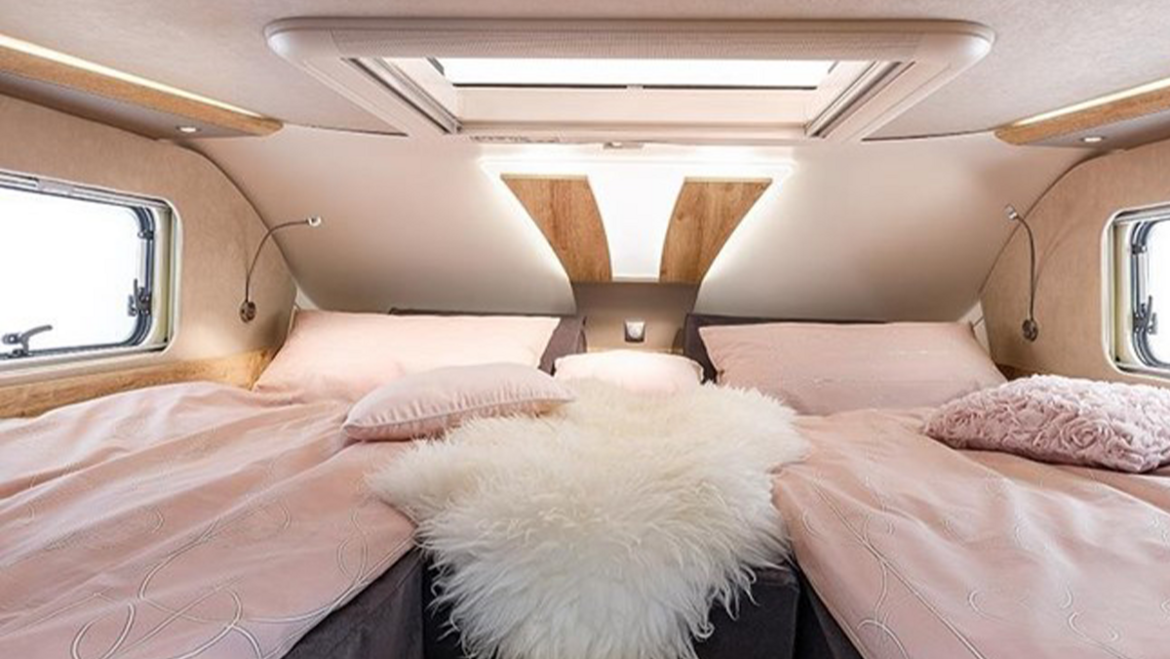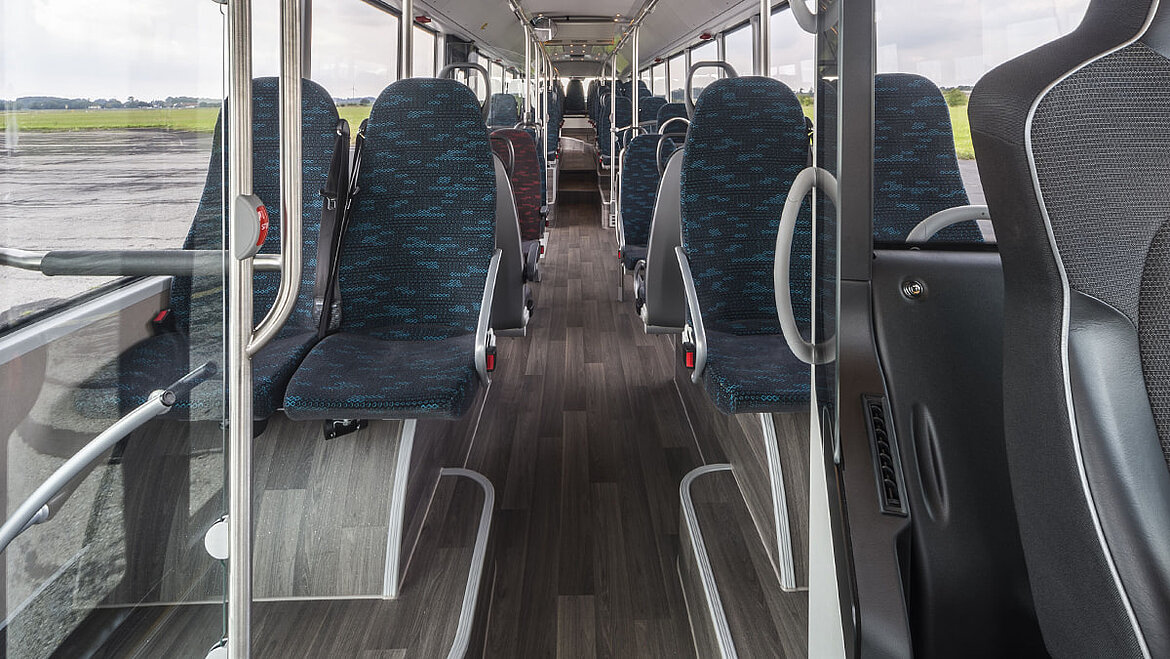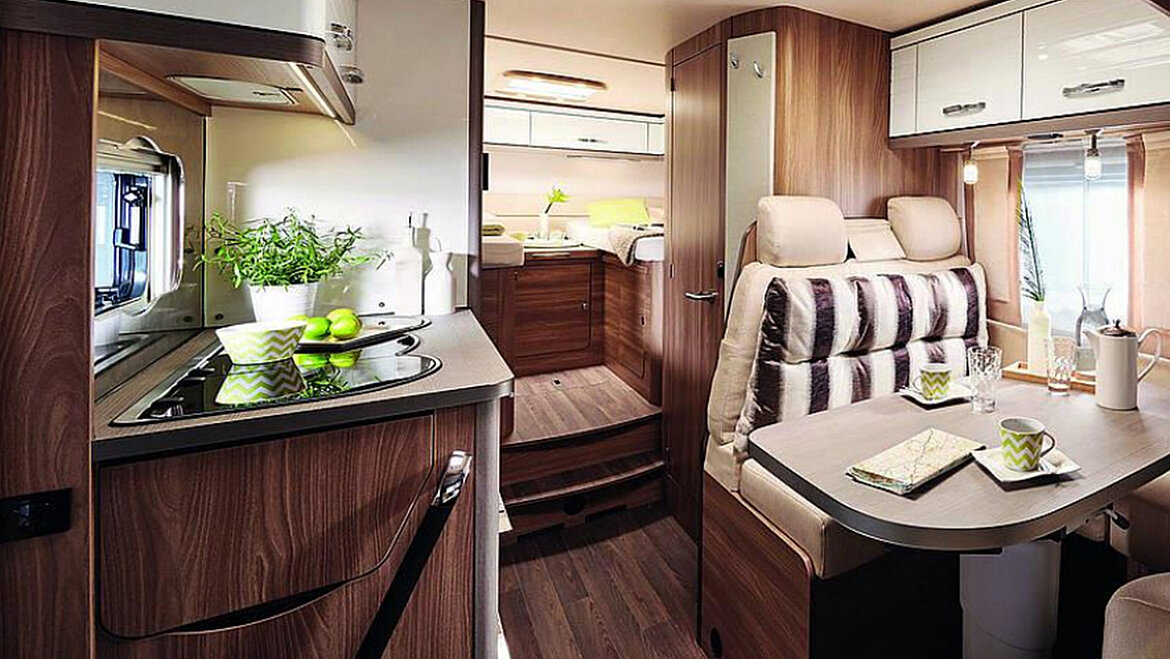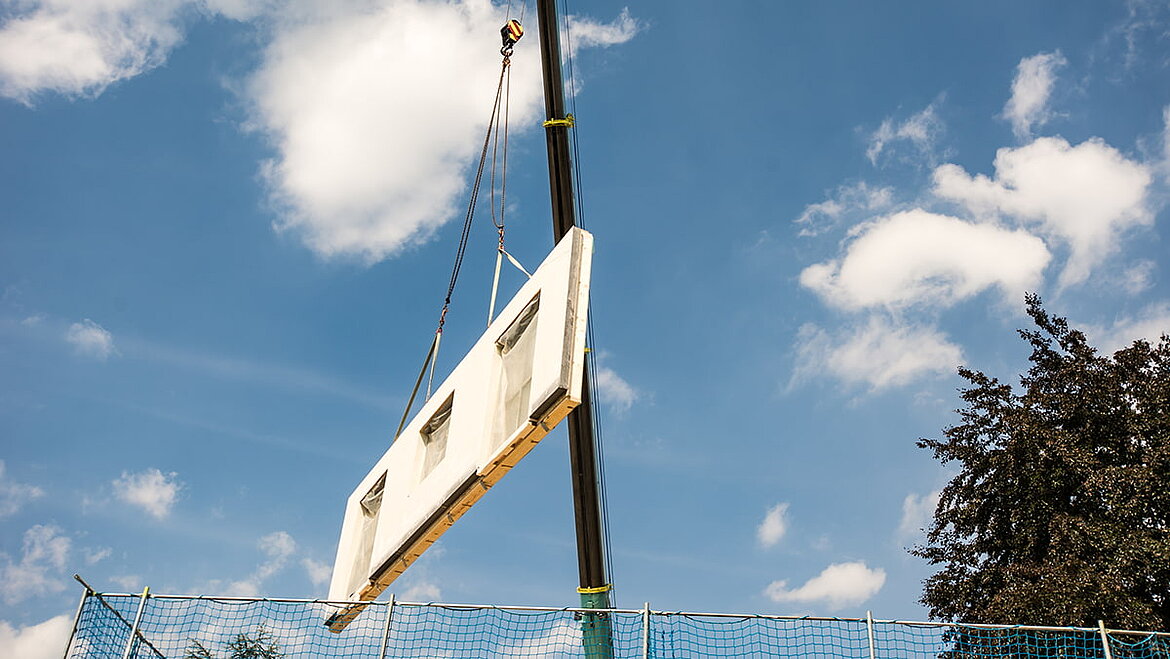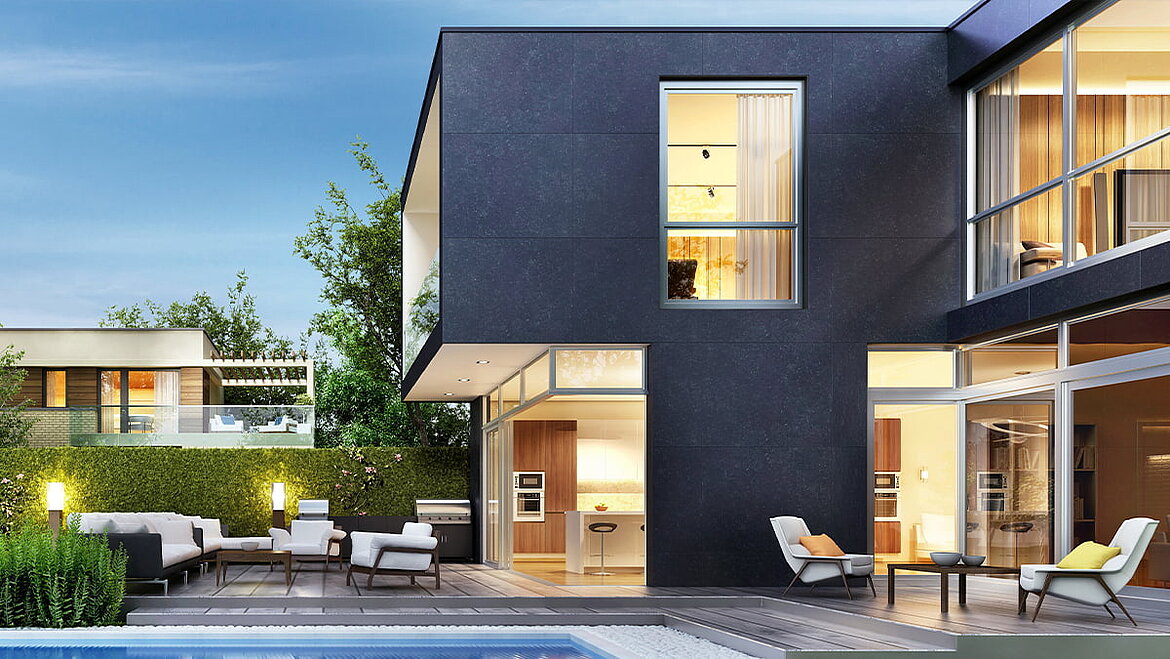Multifunctional products change lightweight construction
Have you ever come across 2-in-1 shampoo and shower gel or 4-in-1 laundry detergent on the supermarket shelf? So-called multifunctional products exploit the benefits of functional integration and combine several properties of fundamentally different products in a single product. Multifunctional products make sense not only in the domestic sector, but also in the industrial sector. This is because: Functional integration is an important part of lightweight design.
The aim of lightweight construction is to conserve resources throughout the entire product life cycle. These include factors such as the reduction of material volumes, the reduction of production and assembly costs, the options for further recycling or the reduction of usage and maintenance costs. Lightweight construction plays a particularly important role in moving vehicles such as commercial vehicles and rail or road vehicles of all kinds. In these industries, lightweight construction can bring improvements in key criteria such as payload and power-to-weight ratio, fuel consumption and emissions or wear. Multifunctional products help here by combining different properties in one product through functional integration and thus significantly changing lightweight construction. Glass fibre-reinforced plastics (GRP) are particularly popular materials, as they can be used for lightweight construction. In this article, you will learn how you can benefit from functional integration and the role played by glass fibre-reinforced plastics.
What is functional integration?
What does functional integration actually mean? The objective of functional integration into design is to cover as many technical functions as possible with a minimum of components. Functional integration is also referred to as function integration, functional unification, integral functional utilization or multifunctional use. Specifically, the purpose of a function is to fulfil a task. Depending on the design, however, a product can still also fulfil several functions at the same time. In theory, the product could consist of one or more components. However, functional integration focuses on increasing the properties of an individual component with the aim of it being able to fulfil several functions. Prof. Jan Robert Ziebart, professor at Bielefeld University of Applied Sciences in the Engineering and Mathematics Department, specializes in design and explains functional integration as follows:
"Functional integration is a design process that changes a technical system with a given function in such a way that additional functions are fulfilled by the system and/or the number of components is reduced".
Functional integration is therefore a constructive process in which a product can be expanded with additional functions. The resulting advantages can generally increase the economic value of your product.
How you benefit from functional integration
Perhaps you are asking yourself the question: What is the point of all this? Functional integration is anything but a simple procedure – but it is never pursued without a reason. Functional integration has a positive effect on the quality, costs or production time of a product. Essentially, functional integration should optimize the entire value creation process of the company and generate product improvements as well as maximize customer benefits in a best-case scenario, without additional costs.
Functional integration can lead to material savings, weight reduction by saving components, cost reduction, increased performance, increased reliability, and ease of installation, among other things. The increased reliability and quality of the product can also prevent malfunctions. It is also possible to save on components and thus also minimize material and installation space.
Furthermore, material utilization can be optimized, resulting in lower material costs. The graph shows the benefits of functional integration in terms of quality, cost and time.
Innovations in the plastics industry from multifunctional products
Functional integration is an important development focus, especially in the plastics industry. The merging of different functions into one component opens up increasingly demanding application areas for plastic products. Entire components can become lighter if one component performs several functions. As a result, they contribute to the efficient use of resources and at the same time are suitable for an increasing number of industries. The best example of this is glass fibre-reinforced plastics (GRP). The material enables the combination of different functions in one product, and with so-called multifunctional products, facilitates the development of ready-made solutions for every possible industry. We explain in detail how glass fibre-reinforced plastics are generally composed in the article "Glass fibre-reinforced plastics – a definition". LAMILUX Composites is a multifunctional products specialist. With its versatile GRP solutions, it offers customer-specific solutions for every application in a wide range of industries. Customer benefit is the top priority for the GRP manufacturer. LAMILUX Composites therefore focuses on added value through visual appearance, functional integration and the reduction of work steps. The following examples illustrate how this is implemented.
2-in-1 product combines appearance and function
GRP is usually bare on the surface or coated with a gel coat. For those who would like to use the mechanical characteristics of GRP and retain an appearance with design options, the best solution is LAMILUX LAMIGraph. The 2-in-1 product creates added value by the connection of a wood grain foil to the GRP backing during the manufacturing process. LAMLUX LAMIGraph thus combines the processability and mechanical characteristics of GRP with a decorative surface and thus creates a more homely atmosphere, for example in the interior of a caravan. The customer ultimately decides for themselves how this decorative surface will look. In addition to the selection of decors, customer-specific designs are also possible. LAMIGraph is perfect as wall and roofing material for interior use in caravans, motorized booths and mobile units. GRP offers the advantage of a junction-free wall. This means that there are no joints between the sheets because the material is available in the required size for an entire side wall. The fact that no mould forms in GRP is particularly advantageous for the interior of caravans, unlike wood, which is very susceptible to damp and wet conditions.
3-in-1 product saves work steps
LAMILUX Composite Floor combines three advantages simultaneously. The glass fibre-reinforced plastic is perfect as a face sheet in floor constructions for caravans, motorized booths or mobile units. The material is characterized by the fact that the GRP support is connected to the designer floor covering during the manufacturing process. The design surface can be individually customized. LAMILUX Composite Floor is a product that not only combines mechanical characteristics with the characteristics of the floor covering, but also ensures shorter processing times in the process. This is because the gluing and quality assurance of the floor covering surface is already carried out as part of the continuous process at LAMILUX. This means that no further installation of a floor covering is necessary on site and a shorter process chain is created as a result of the additional processing.
4-in-1 product combines time, money, material and process savings
LAMILUX Texture Wall is a material that saves time, money, material and process steps. The laminate is perfect for the building industry, especially as a face sheet in sandwich wall constructions for modular construction, mobile units and modular containers. It combines the GRP substrate with an authentic plaster cladding appearance that not only looks like real plaster cladding, but also has higher erosion resistance than conventional plaster cladding. By integrating the functionality and saving the work steps, the process chains are shortened during further processing. Simply because no pretreatment or plastering is required when making the sandwich panel.
Conclusion: Functional integration benefits lightweight construction
The integration of several functions on one functional element is the solution for lightweight construction. In particular, the comprehensive advantages of functional integration in GRP are driving the trend towards lightweight construction. For example, the process of functional integration can have a positive effect on the product life cycle. The implementation and procedure of functional integration always depends on the objectives, products and scope of application. In this case, professionals such as the specialist for fibre-reinforced composites LAMILUX Composites. would be delighted to advise you. With multifunctional products in its portfolio, the GRP manufacturer provides versatile materials for automotive construction, the container and building industry as well as the medical sector. Whether for the interior and exterior fittings of motor homes, last mile vehicles, commercial vehicles and buses as well as medical rescue or transport trolleys, multifunctional products made of glass-fibre reinforced plastics offer excellent solutions and thus combine current specifications for lightweight construction and an ever-increasing range of functions.
Learn more in the LAMILUX Academy
Are you interested in learning more about the versatile application areas of LAMILUX Mehr-in-1 products? Then the LAMILUX Academy is the right place for you. In webinars, the professionals from LAMILUX will give you numerous insights into the world of glass fibre reinforced plastics. Whether it's the tank container industry, mobile units, vehicle construction or value retention and TÜV-certified quality: exciting webinars await you.


